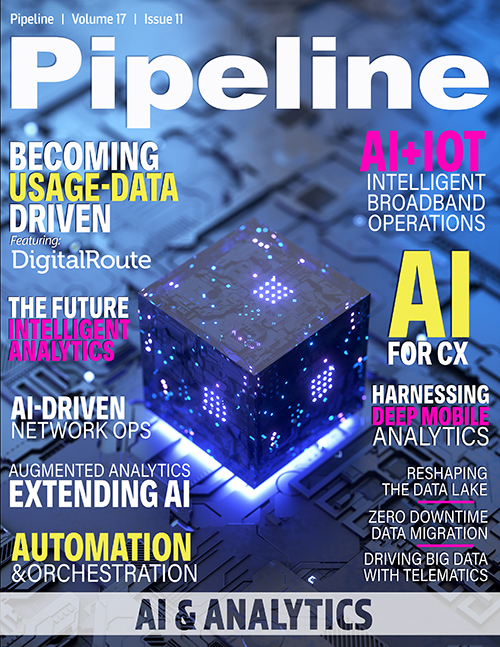Augmented Analytics: Extending AI Across the Telecom Enterprise
Why more operators aren’t using enterprise AI
While many are eager to reap the promises of AI, implementation remains a hurdle. AI is inherently complex. Holistic deployment, while certainly an enterprise goal, is hamstrung by restrictions, including operational, internal, and ingrained manual processes.Looking at some of the barriers to adoption, a few pertinent ones emerge. AI encompasses numerous machine learning, deep learning, and computer vision models. How would business users know which model to choose for their specific business problem? Being esoteric, AI models call for niche skillsets. For instance, data preparation itself mandates knowledge of activities like exploratory data analysis, data transformation, missing value treatment, normalization, encoding, and more. Yet a dearth of talent persists. Availability of data scientists and data engineers is sparse, influenced heavily by cost and expertise. Further, manual data science processes impact productivity. According to a 2020 report from Anaconda, nearly 45 percent of a data scientist’s time is spent simply on getting the data ready for models and visualizations.
Building user trust is another primary concern. Internal users are often blind to the inner workings of black box models. Due to inherent model complexity, business teams do not understand the underlying logic or how the algorithm arrives at the final result. For many teams, this knowledge is important particularly when the result is a recommended decision. Increasingly, companies want their AI models to be transparent, explainable, and accountable. According to Forbes, explainable AI is about understanding how models come up with certain results. It is also about understanding how decisions are made by models and how models correct their own errors. Without some manner of “explainability,” the propensity for change is rigid and adoption idles.
Models should be accurate if they are to gain user trust. A subsequent issue to watch out for is model bias. Say a telecom operator has built an AI model for credit lending, which predicts that men should have a higher credit line than women. This represents a model bias that must be identified and addressed quickly. Fixing these issues involves a lot of experimentation, each round of which takes time. Moreover, nearly 50 percent of initial experiments fail, calling for readjustments to the model.
The key here is to fail fast and move iteratively—and rapidly—to the next prototype. Ironically, to experiment and fail fast, organizations should also be able to accelerate how they choose, build, deploy, and test models.
Without a single, comprehensive, proven platform to perform the above activities, telecom enterprises end up banking on disparate systems even when implementing AI, which poses integration challenges and compromises the user experience.
The power of self-serve augmented analytics models
Telecom enterprises need AI platforms that help them do all the above in a simple, user-friendly, and automated manner. This is where self-serve augmented analytics platforms emerge as clear winners. Augmented analytics platforms help operators experiment fast using a no-code set-up that offers self-service capabilities in a single, one-stop solution.
Accuracy through iterative experimentation
Data scientists spend significant time engaging in what is known as “last mile optimization,” a term borrowed from the logistics industry. Much like its namesake, it helps ensure that the model delivers the expected results. Augmented analytics support Auto-ML based on actual findings so models can be corrected to deliver accurate results. Here too, the process is iterative and automated. The Auto-CASH (Combined Algorithm Selection and Hyperparameter Optimization) module helps select the best model and the best set of hyperparameters to optimize the chosen evaluation metrics (including accuracy, precision, F1 score, lift, and so on).



















